I have an issue where i use two different WebSocket references. One is a newer version, implementing an extended WebSocket called "SocketIO", the other one just a standard RFC6544 WebSocket. The newer one 'inherited' more or less ages ago parts of the older one but they're not really compatible as of today. For various reasons, i need to be able to use both in the project.
Now if i try them out alone, they work just fine.
If i try them in a project together, i get at the newer one throw an exception:
"Could not load type ... from Assembly.... Version = ... etc".
It apparently searches the assembly of the other Websocket reference for its type and cannot find it.
They don't share identic class names e.g. explicitly naming the reference has no effect and there's also no open conflict marked by VisualStudio.
I've googled around but have not been able to find a solution to e.g. how to tell the program exactly where to look for the newer one's assembly.

Update:
So i looked at the SocketIO Manifest and the exact issue is:
The SocketIO references an old version of the WebSocket4Net
The current version of WebSocket4Net lacks some of these old Types
The problem: SocketIO works just fine without either new or old WebSocket4Net Assembly present - but as soon as a reference is available, it parses that assembly and throws an error that it couldn't find a specific outdated type.
